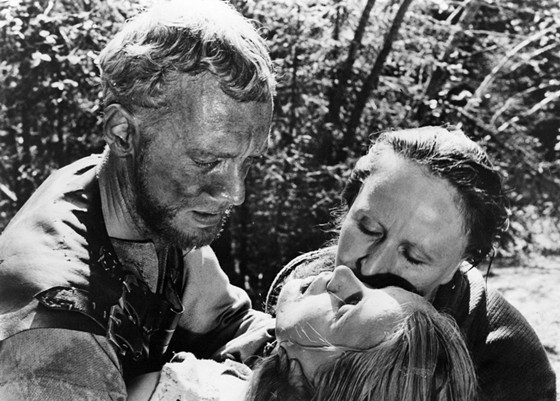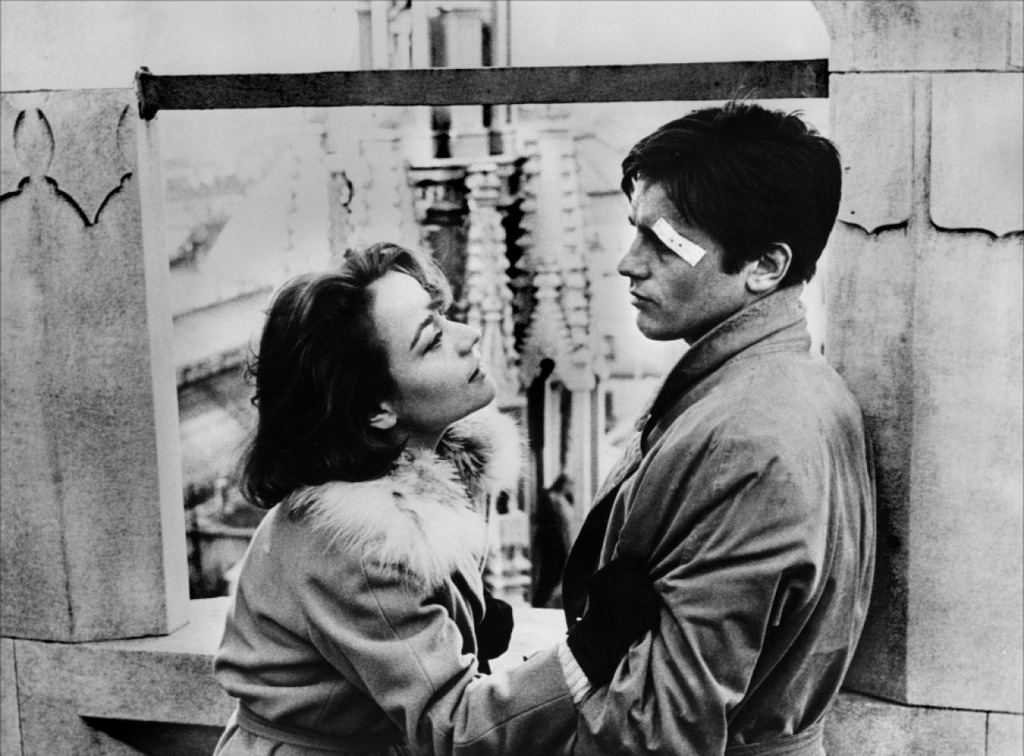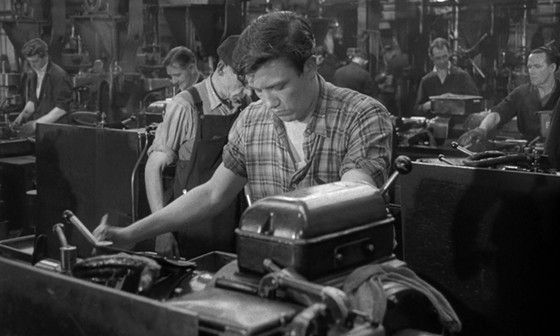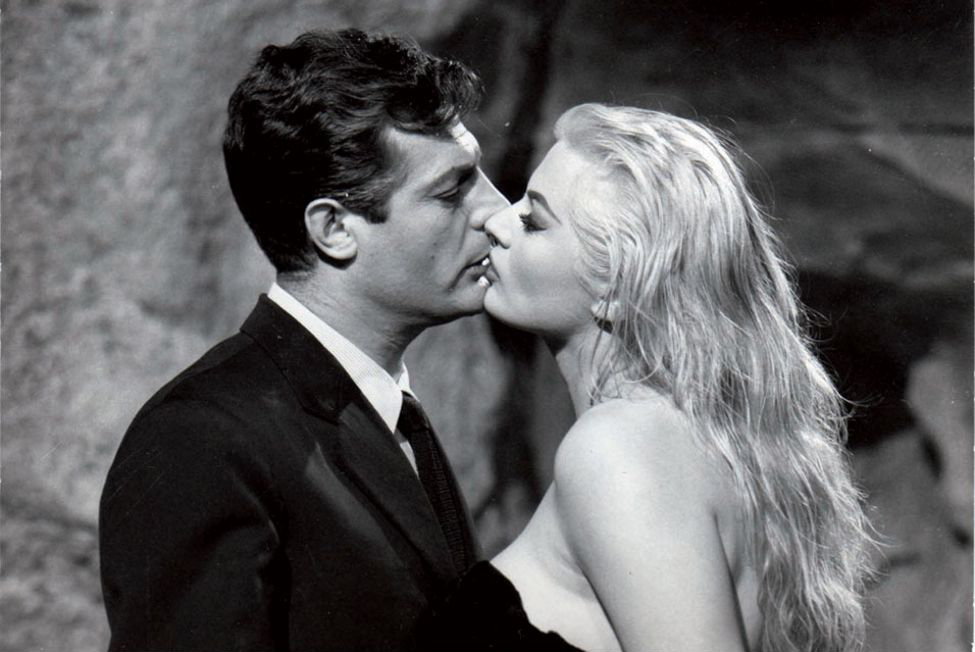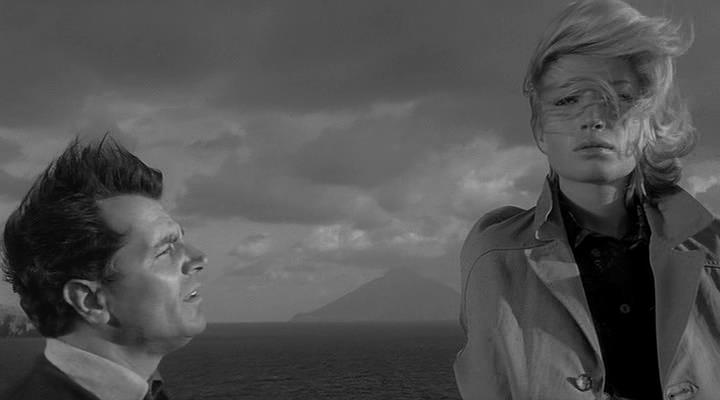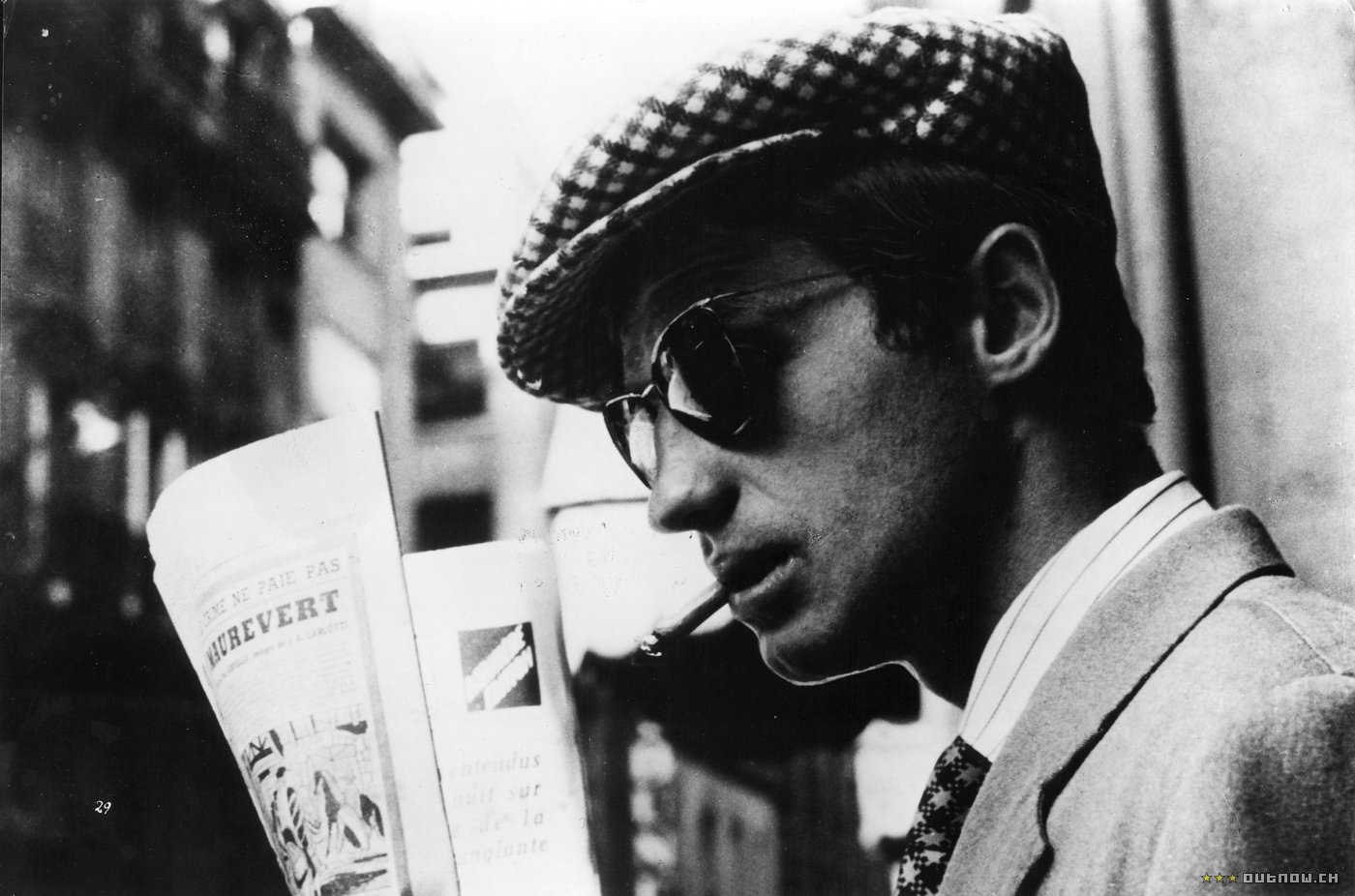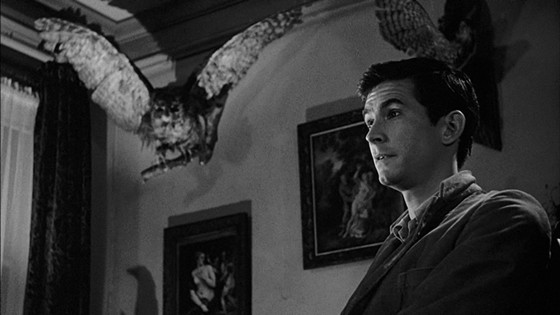7. Jungfrukallan (Ingmar Bergman)
With minimalist resources and a very simple plot, Ingmar Bergman brings to the bring screen an old Scandinavian legend about a young girl from a wealthy family who is killed by goat herders after being suspected of paganism. The girl was a virgin. Sometime later, as fate will have it, the murdering herders find themselves soliciting food, water and shelter from the girl’s parents who have not forgotten their deed but take their time with their merciless revenge.
Bergman translates this chilling story in images also revealing his own vision of the Middle Ages – a time of great contrasts between the rich and poor, the ugly and the beautiful. This raw, uncompromising parable on love and revenge is perfectly paced by Bergman who will often leave the viewer in suspense for what seems like an eternity, with his subtle direction.
He manipulates not only the characters, but also the emotions of the viewers with intelligent and surprising maneuvers while pressing home his own sentiments regarding the story so that we may at least take into great consideration the events that we have seen. This film is not for the faint-hearted but it is a must for any cinema lover.
6. Rocco e i suoi Fratelli (Luchino Visconti)
A masterpiece of the neo-realist cinema of Italy directed by one of the founders of the movement – Luchino Visconti – and starring one of the most prolific European actors of all time – Alain Delon.
“Rocco e i suoi Fratelli” presents the struggle for survival of a poor Italian family who moves from the poverty of the South, where agriculture is the only source of survival, to heavily industrialized North. At first life is very hard for Rocco Parondi (Alain Delon) and his family because of the expensive cost of living that the North of the country implies.
It is this uncertainty that causes rupture within the family. While some opt for an easy living through dishonesty, others choose the high road of hard work. Oddly enough, the biggest conflicts in the Parondi family are not generated by their lack of income but by their love for the same woman. Little by little, the big city eats up and disintegrates the family.
Director and screenwriter Luchino Visconti manages to paint an impressive canvas of working class Milan – his home city. He does this in a time that was characterized by heavy migrations from the South in terms of hands of labor.
The story is authentic and is orchestrated by Visconti with a very clear and objective mind. In terms of specific events and characters, Visconti chooses to manipulate the audience into getting them to feel for each and every one of them. It can be very troubling, at times, for the audience to witness the decline of the family as the actors and actresses’’ interpretations are harsh and realistic.
5. Saturday Night and Sunday Morning (Karel Reisz)
The success of John Osborne’s play “Look Back in Anger” lead to a revolution in the British performing arts as it paved the way for “kitchen sink dramas” – social realist films usually about the struggles of the working man. Czech born British director’s Karel Reisz “Saturday Night and Sunday Morning” (adapted from Alan Sillitoe’s – a writer belonging to the generation of “angry young men” – novel of the same name) was among the first of this kind and one of the most successful. It features a young Albert Finney in one of his career defining roles.
“What I’m out for is a good time – all the rest is propaganda!” says lead character Arthur Seaton (Albert Finney) at one point in the film. This line pretty much sums up the tone and the feel of the film. Arthur Seaton is a blue collar angry young man who works the whole week so that he can have drinking money in his pocket every weekend. His idea of life involves heavy drinking, sex and bar fights.
In the romantic sector, Arthur is seeing Brenda, a married woman who is also pregnant with his child. But Arthur is too angry to be a father; that and the fact that he has a new love interest in his life in the form of Doreen. Comes Sunday morning and Arthur must take responsibility for his actions the night before.
The influence of “Saturday Night and Sunday Morning” cannot be denied as it brings forth a new, more realistic if not compassionate view of the British working class. The events described are pretty mild, by modern standards, but this was startling and unprecedented for the late 50’s/early 60’s, as was the behavior of its working class anti-hero.
As brilliantly portrayed by Finney, Arthur Seaton is a boorish, boozy, amoral, lying, selfish reprobate, yet audiences empathize with all his frustrations, disappointments and misguided anger. One message of his does come across though pretty clear: “Don’t let the bastards grind you down!”.
4. La Dolce Vita (Federico Fellini)
After all these years, “La Dolce Vita” remains one of the most acclaimed films of all time. It’s haunting, it’s confusing, it’s a bizarre and grotesque spectacle with surreal tendencies that will blow the viewer away upon his/hers first watching of the film. It is also the film that coined the term paparazzi after the character Paparazzo, an intrusive news photographer.
Divided into seven episodes, a prologue, an epilogue and an intermezzo, “La Dolce Vita”, loosely translated as “the sweet life” or “the easy life”, chronicles a week of the life of Marcello (Marcello Mastroianni), a high-life journalist who spends his time in Rome’s elite social scene flirting with women and charming those around him. Although Marcello seems to have it made there is a powerful struggle within him of whether to get serious with his life or continue to drift along the easy life.
“La Dolce Vita” is a piece of cynical, engrossing social commentary that stands out as one of Federico Fellini’s timeless masterpieces. A rich, detailed panorama of Rome’s modern decadence and sophisticated immorality, the film is episodic in structure but held tightly in focus by the wandering protagonist through whom we witness the sordid action.
As for Marcello, maybe Roger Ebert said it best: “When I saw the movie around 1980, Marcello was the same age, but I was 10 years older, had stopped drinking, and saw him not as a role model but as a victim, condemned to an endless search for happiness that could never be found, not that way. By 1991, when I analyzed the film a frame at a time at the University of Colorado, Marcello seemed younger still, and while I had once admired and then criticized him, now I pitied and loved him. And when I saw the movie right after Mastroianni died, I thought that Fellini and Marcello had taken a moment of discovery and made it immortal.”
3. L’Avventura (Michelangelo Antonioni)
Now here is a film – made by the other Michelangelo – in which one of the lead characters disappears quickly after the beginning of the story and never to return again, without any explanation. Why? Why not? This is the reason the film was booed at the Cannes Film Festival and Antonioni could not leave the screening room quick enough.
The next morning, Antonioni found a letter of encouragement signed by a group of respectable directors who have seen the film and loved it. Since then, “L’Avventura” grew on its audience and became the masterpiece that it is today.
As with any of his films, Antonioni takes his time focusing more on the visual composition and on the development of his characters rather than the story itself. The story follows a group of Italian riches on a cruise on the Sicilian coast. The group includes Anna, her love Sandro and her best friend Claudia (played by Antonioni’s muse and lover at the time Monica Vitti).
Without any explanation, Anna disappears and the rest of the group starts looking for her. As time passes by, it becomes less about founding Anna and more about the relationship between Sandro and Claudia who have obvious feelings for each other, but are consummated by guilt towards the missing woman and the ennui of the bourgeoisie.
“L’Avventura” is the first film of Michelangelo Antonioni’s aristocracy trilogy (followed by “La Notte” and “L’Eclisse”) that deals with ennui and restless and disillusioned characters. The film is beautifully shot and very intimate. It makes the viewer try and find meaning when there may not be any. While watching the film it is almost impossible to take your eyes off the central characters.
It is as though they are about to divulge some secret that is laying just below the surface, but in the end they remain silent and the viewer is left with an insatiable wondering about what is going to happen. It is as though the viewer is thrown into their lives without knowing the whole story and only he/she can do is watch as they struggle to come to terms with their passions and their guilt.
2. A Bout de Souffle (Jean-Luc Godard)
Music videos and youtube clips would not have existed if it weren’t for “A Bout de Souffle”. Its revolutionary jump cuts (an editing technique in which two sequential shots of the same subject are taken from camera positions that vary only slightly. This type of edit gives the effect of jumping forwards in time.) changed the world of cinema forever. The film might feel a dated for the audience of the 21st century but the truth is every filmmaker that started his career after 1960 owes this film everything.
Michel (Jean-Paul Belmondo) is an irresponsible young man that lives intense, smokes cigarette after cigarette, robs people, steals cars and sleeps wherever the night may catch him. He is in love with Patricia (Jean Seberg), an American woman who has come to Paris with high hopes.
The woman also feels attracted to Michel but she is torn between these feelings and her own ego. On one hand, she would like an old-fashioned romantic relationship but she wouldn’t say no to an independent lifestyle either. The film is a classic example of the French New Wave displaying a great deal of nihilism and easiness.
Godard’s famous use of jump cuts is perfectly utilized, energizing scenes that would otherwise be static. The alternation between quick, flashy editing and steady long takes is effective at reflecting the main character’s actions and nature. There are no boring scenes in this film, as one can just admire the camera work when the dialogue becomes meaningless. And there are many instances when the dialogue does nothing to further the story, but the direction makes up for that.
1. Psycho (Alfred Hitchcock)
It feels almost silly to put “Psycho” on any film list because it goes without saying that it is a great film plus the fact that what could be said today that hasn’t been said before? “Psycho” is a remarkable film and an early example of the slasher genre. A famous anecdote regarding the film is that Alfred Hitchcock stood in front of the theatre house on the night of it opening and asked the people that were coming out no to divulge the plot twist to their friends so that they too can come and see it.
Anthony Perkins masterfully plays Norman Bates, a madman whose house is also a motel in which no one would want to spend their night. No one knows this more than the unfortunate Marion Crane (Janet Leigh), a woman who decides to risk it all and steal a great amount of money from her boss who entrusted her the sum for a bank deposit.
On her road to California to meet her lover she decided to spend the night at the infamous motel where she is brutally murdered in the shower – a scene that is now one of the most famous scenes in cinema history. The rest of the film follows the investigation of Marion’s disappearance and the character development of Norman Bates.
Despite all the years that have passed, “Psycho” is still relevant today in terms of filmmaking, character psychology and clever use of suspense. This film exists only to terrify us, entertain us, move us, and thrill us. There is no message, there is no moral lecture.
This film is about one director’s vision to take an audience on a roller-coaster ride of thrills and chills and does it to perfection. Nearly all of Hitchcock’s most memorable action is in this film (the infamous shower scene is just one) and they are all handled incredibly – from the beautifully executed opening act to the very last scene.
The carefully planned shots, the black and white images, the lighting, the shadows – nothing here has been left to chance and everything has been thought out so, so well. Brilliance lies within this film that it’s been said to be a cinema master-class for any aspiring director.
Author Bio: Horia Nilescu is a 30-year-old cinephile from Brasov, Romania. He works at a local bookstore as a multimedia & events manager (handling supplying issues in regards to cd’s and dvd’s and also organizing local events). He is passionate about film and fascinated by its diversity. He has created a local film club in Brasov (going of 3 years) in which he handles all aspects. He likes to talk and write about movies but most importantly he likes to watch them.
